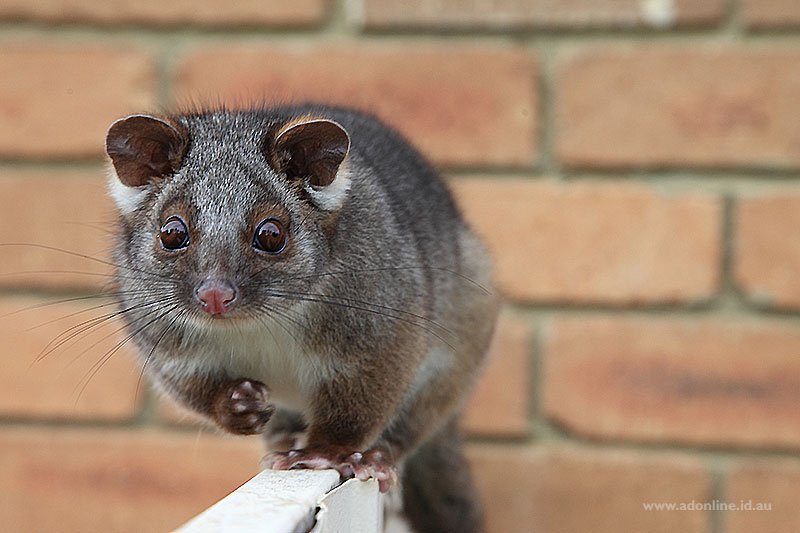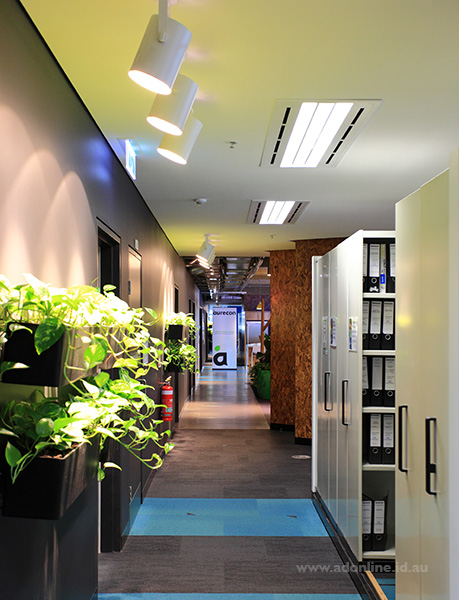Urban nature
Even in an urban environment, great benefit can come from connecting with nature.
I consider myself very fortunate to live in one of Melbourne’s leafier outer suburbs. As I was completing some late evening gardening last night, I suddenly heard a raucous as a large number of kookaburras began to call to each other in the surrounding gum trees before darkness descended. Only an hour earlier, magpies had been wandering in my backyard (at very close range), picking caterpillars and other grubs off the plants and warbling to each other in-between.
As I wander the garden, I see all manner of creatures from Blue-Banded Bees who zip between flowers in great haste to orb-weaving spiders and praying mantis who lie in wait for the next unsuspecting dinner guest to arrive. As soon as I turn the soil, there are worms below and if I wander out at night, I’m sure to hear the distinctive rustling of possums at night.
The garden is rich with life. The presence of a wide range of bird species, in particular, serves as a reminder of the important role that wildlife plays in our lives. Even in an urban context, these creatures not only serve to improve our amenity through their presence, but serve a very practical environmental role too.
Whilst many gardeners may want to cry with frustration after a possum has grazed upon their roses or fruit trees, the presence of many native animals provides positive benefits. Water skinks and marbled geckos eat small invertebrates whilst birds remove unwanted garden pests from our garden plants and provide services through plant pollination. Insects, too, are immensely useful and once one takes the time to sit down and watch the garden, a great sense of amazement may be felt upon realising the extent of diversity that exists out there. I believe that I have at least five different species of bee toiling in my garden, yet its so easy to overlook these things without making the time to sit and connect with nature.

I have enjoyed gardening since I was an infant. Whilst my first interest is in the plants, the garden is incomplete without all the other life that surrounds it. I strongly believe that a great appreciation for nature can arise from time spent outside and away from the hard surfaces that define the urban environment for most of us.
Today many people are almost divorced from nature because they spent so little time amongst it.
This has been identified in numerous studies which have shown that children today spend considerably less time outside as their parents would have. This can have some serious consequences for their development. In late 2014, ABC1’s Catalyst programme broadcast a programme called ‘Nature Play‘ which described a scheme operated out of the Bundanon Trust’s education centre in Sydney. In essence, children were given outdoor experiences which are linked back to their school curriculum. By spending large parts of the day outside, amongst nature, it was found that academic performance improved considerably. In similar associated research in Melbourne, children who spent time in playgrounds with higher levels of vegetation could have their academic performance improved by 5-10% in subsequent testing.
These revelations aren’t new, and apply to adults as much as children. Just as quiet contemplation in an empty church can relieve the mind and give a sense of peace, a very similar effect can be achieved outdoors amongst the trees and away from the concrete and noise.
Too many people spend too little time outside these days. Whilst we may not all live in an area with lots of bushland, most urban areas in Australia have parks of some sort. We can also make small changes to our daily routines such as incorporating a walk into our lunch breaks or choosing to visit parks and gardens on weekends. Even the placement of plants in office spaces has been demonstrated to be beneficial for staff productivity and welfare.

Interaction with wildlife and nature can facilitate understanding, empathy and compassion. I know people who previously suffered irrational fears of various small creatures which stemmed from nothing more than too much time spent indoors. Once they were introduced to gardening and encountered the many creatures that make up our urban environment, those fears inevitably dissipated. If nothing else, that has been quite liberating for the people involved but could not have been achieved in any other way. Their lives are now that much more peaceful.
By understanding and appreciating the small ecosystems and nature-plays that unfold before our eyes in our own backyards and urban environments, we can also come to appreciate the bigger picture of life and our role as humans within it.
Comments
One response to “Urban nature”
This latest blog posting is both tranquil and uplifting.
I endorse so much of the contents.
As a person now in twilight years, I must say to stand in my very small garden hosing my pretty plants, and listening to the birds, watching the bees, gazing up to the tall gums trees which give both pleasure and frustration, I feel at peace with my world.
I love to see little plants growing well, but I cannot really enjoy the insect brigade as you do. I will never look on a spider without a feeling of ‘fright’ but, when these creatures are outside, I am happy to leave them there.
I especially like the early evening in Autumn, as the birds enjoy a splash in the birdbath just out side my back door. Each evening lately, three white Cockatoos come to the garden, two sit on the hand rail, one has a long drink, then off they fly ‘screeching’ but happy.
I think for people who have to go to work each day, it must be a real relaxation if you can enjoy the peace of a leafy suburb.
I am pleased to see –at least on Gardening Australia, that encouragement is being given to children to enjoy the pleasure of growing something, and I think they really enjoy seeing the plants grow. It is good to see.
Once again, you have given ‘food for thought’ in your truly joyful writings.